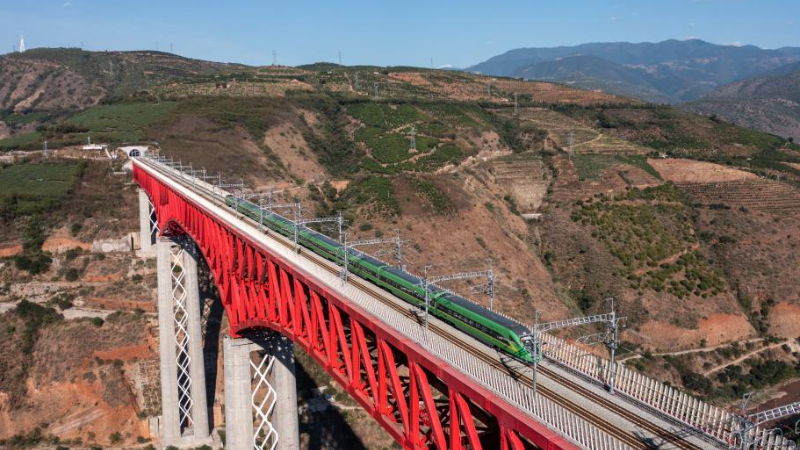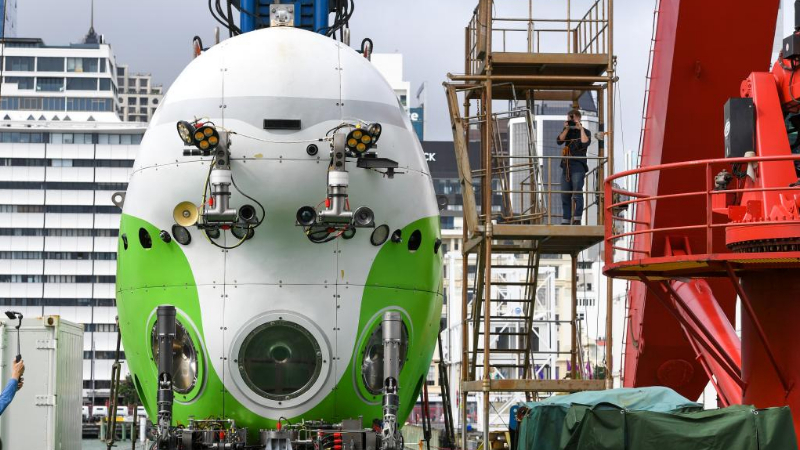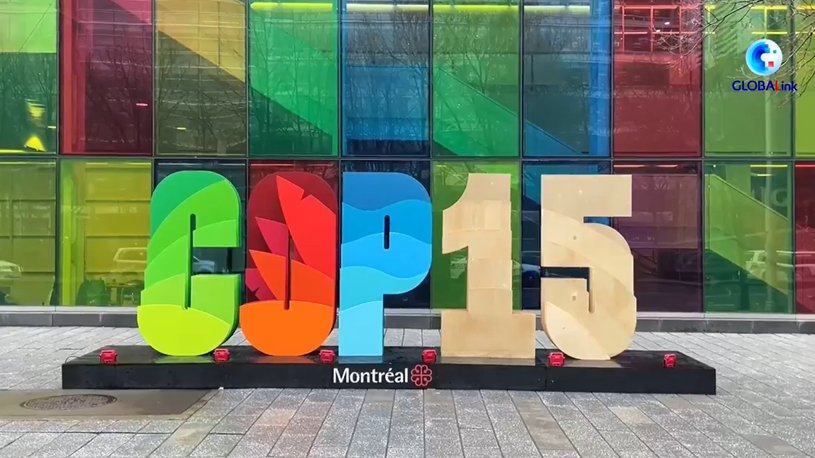MEXICO CITY, Dec. 12 (Xinhua) -- Two months ago, Chad Balkum, a 35-year-old graphic designer from Brooklyn, New York, decided to pack up and leave the city for a while.
He moved to Mexico City, where he could continue to work remotely in an environment with a "different energy," plenty of social and cultural attractions, better climate, and most importantly, lower cost of living.
Sitting at a cafe in the Mexico capital's Condesa neighborhood, Balkum told Xinhua that living in New York has become notoriously expensive, driving many residents out.
"Every time you walk out of the door in New York, you feel like you're spending about 100 U.S. dollars, whereas here you can make better use of your money. Day-to-day things, from eating to living expenses and entertainment -- living here is more affordable," said Balkum.
Migration between Mexico and the United States has a long history, characterized by the annual northward migration of hundreds of thousands of Mexicans seeking a better life.
Since the pandemic generalized remote work, young Americans have the freedom to live anywhere, many of them have chosen Mexico, giving rise to a robust reverse migration.
According to Mexican government statistics, from January to September 2022, Mexican authorities issued 8,412 temporary resident cards (TRT) to Americans, a 23-percent increase over the same period last year, when 6,838 were issued.
However, the actual number of Americans living temporarily in Mexico is likely much higher, since many do not apply for a TRT as they can stay legally on a tourist visa that can be valid for up to six months. When it expires, they can simply return to the United States and re-enter Mexico on a new tourist visa.
Edyta Norejko, CEO of the real estate agency ForHouse, told Xinhua that as the figures show, there is a boom of foreigners, especially Americans, coming to Mexico in recent years.
"We have two types of foreigners coming to Mexico ... young people between the ages of 20 and 40, many of whom are digital nomads ..." and "retirees, for whom it is important to save money," Norejko said.
Originally from Poland, Norejko has been living in Mexico for 10 years. In 2014, she founded the company to mainly serve foreign clients that want to rent or buy property in Mexico City, especially in the trendy Condesa, Roma and Polanco neighborhoods.
That is where most Americans are looking to rent property "with at least two bedrooms and an outdoor space, such as a balcony or terrace, at a monthly rent of between 20,000 and 40,000 Mexican pesos (between 1,000 and 2,000 dollars)," she said.
Though steep for many Mexicans, these prices pale in comparison to U.S. rental prices, which can range between 5,000 and 6,000 dollars a month in larger cities.
Balkum hopes the rental prices in Mexico don't rise, though he admitted the arrival of foreigners with stronger currencies could lead to exactly that.
In fact, some Mexico City residents have already taken to social media to complain that the influx of digital nomads, and the attendant gentrification, is pricing them out of the trendier neighborhoods.
On TikTok, philosophy professor and cultural critic Fernando Bustos recently recounted his experience of arriving at a cafe in Roma and being the only Mexican there, except for the waiters.
"This phenomenon has an impact on real estate," he says in the video. "During the pandemic, rents in (neighborhoods of) Roma and Condesa never went down because foreigners kept moving here, because it is much cheaper ... generating a process of gentrification."
Produced by Xinhua Global Service












